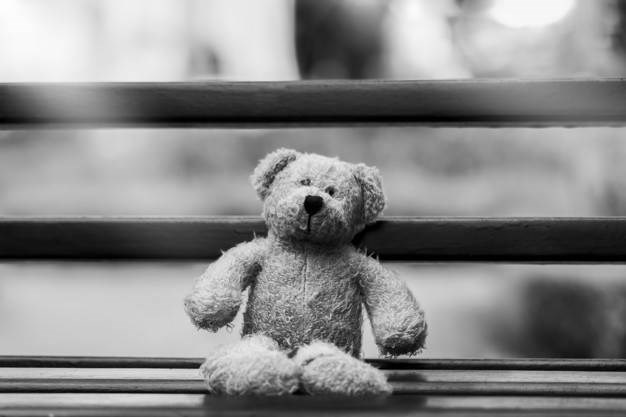Thousands of children in Brooklyn-- particularly in neighborhoods with high poverty rates-- will have to deal with the loss of a loved one to COVID-19, according to a data analysis by Citizens' Committee for Children (CCC) New York.
According to the report, the lives of children under the age of 17 will be hugely impacted by the pandemic and its aftermath, despite their lower risk of infection from the COVID-19 virus.

CCC Executive Director Jennifer March told BK Reader COVID-19 was having a disproportionate impact on communities already struggling, and she was fearful of the profound trauma the pandemic would cause on children in those neighborhoods.
"We're fearful of deeper economic deprivation, we're fearful of loss of life within families, and the impact of illness or mortality of caregivers and extended family members on children," she said.
East Flatbush, Brownsville, East New York, Canarsie, Bushwick and Williamsburg are some of the hardest hit in New York City, when it comes to both confirmed COVID-19 cases and the percentage of positive tests from patients, according to City data. And in each of those neighborhoods there are tens of thousands of children under 17, many of whom will be facing the death of a family member as they try to find a path to recovery and normalcy after the pandemic passes, she said.
According to the data analysis, Bushwick and East Williamsburg have a positive test rate of 67.2 percent and a poverty rate of 29.9 percent, much above the City's average (17.3 percent). East New York has a positive test rate of 65.9 percent and a poverty rate of 25.8 percent, and Flatbush has a positive test rate of 64.8 percent and a poverty rate of 18.6 percent.

The analysis highlights how predominately Black and Latino neighborhoods have the highest share of positive test rates and are disproportionately represented in the number COVID-19 deaths, and residents in those neighborhoods are more likely to work in high exposure industries, like healthcare, social services and transportation.
March said more effort needed to go toward improving access to primary care, early intervention and immunizations in the neighborhoods that were facing poor health outcomes to support families and children.

A big part of the recovery effort had to go towards making sure there was behavioral health support for children, on top of youth programming for the summer months, she said. That programming had to address healthcare needs, educational needs, and just making sure basic necessities were available to families. Community based organizations should be funded by the Government to provide it, she said.
When it was time for children to go back to daycare and school she said there should be screening to assess each child's wellbeing and the effects the pandemic had on their mental and physical health. She said this could lead to a case for the Government to provide more funding to train education and support service providers in clinical support for their students.
She said there was a big push to get more City and State funding for child and family services; but no matter what it would be a very hard road to recovery for those hardest hit neighborhoods because the level of loss had been so severe. She said it was an important time to support neighbors and community members, and to be aware of the resources being offered by the city.
You can check the number of confirmed cases listed in your zip code, with a detailed breakdown of the City's data done by ProPublica.




